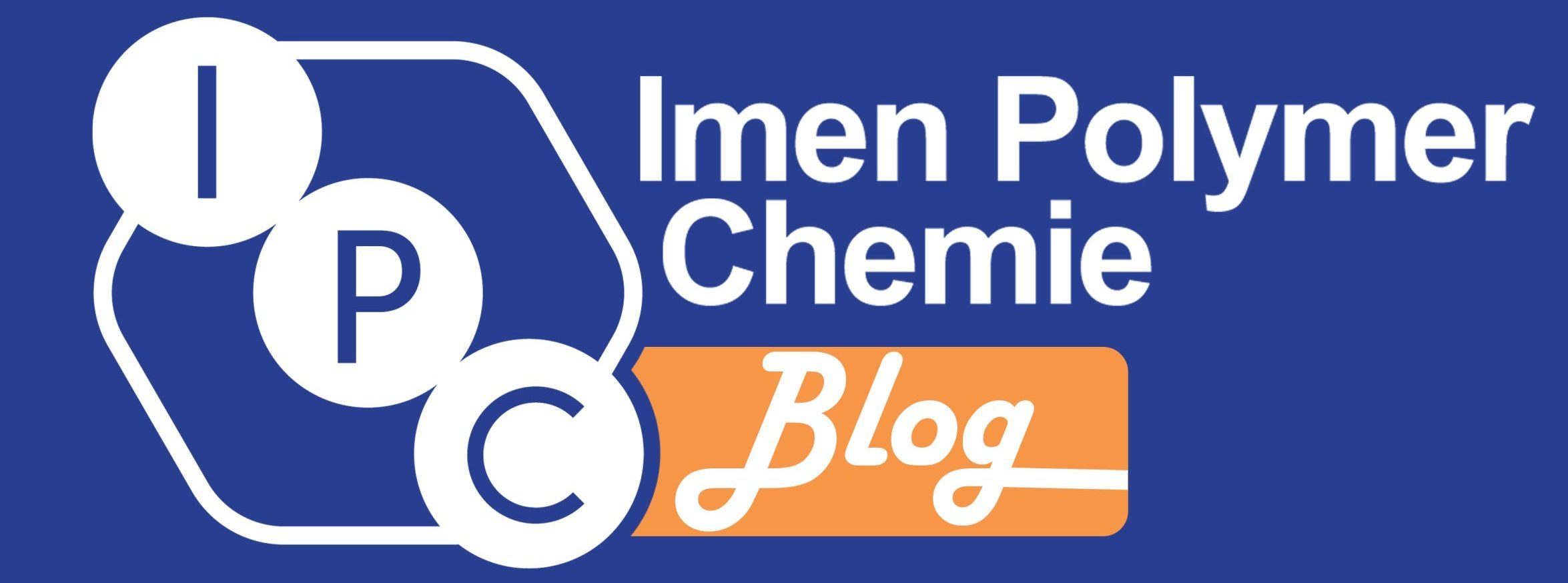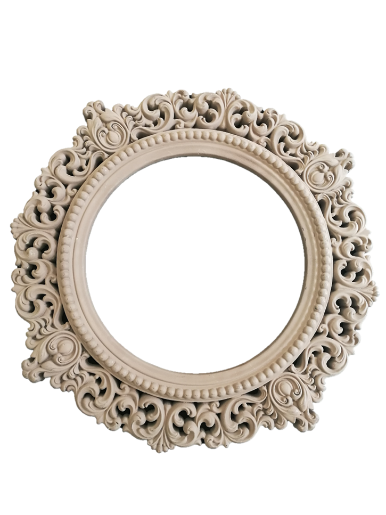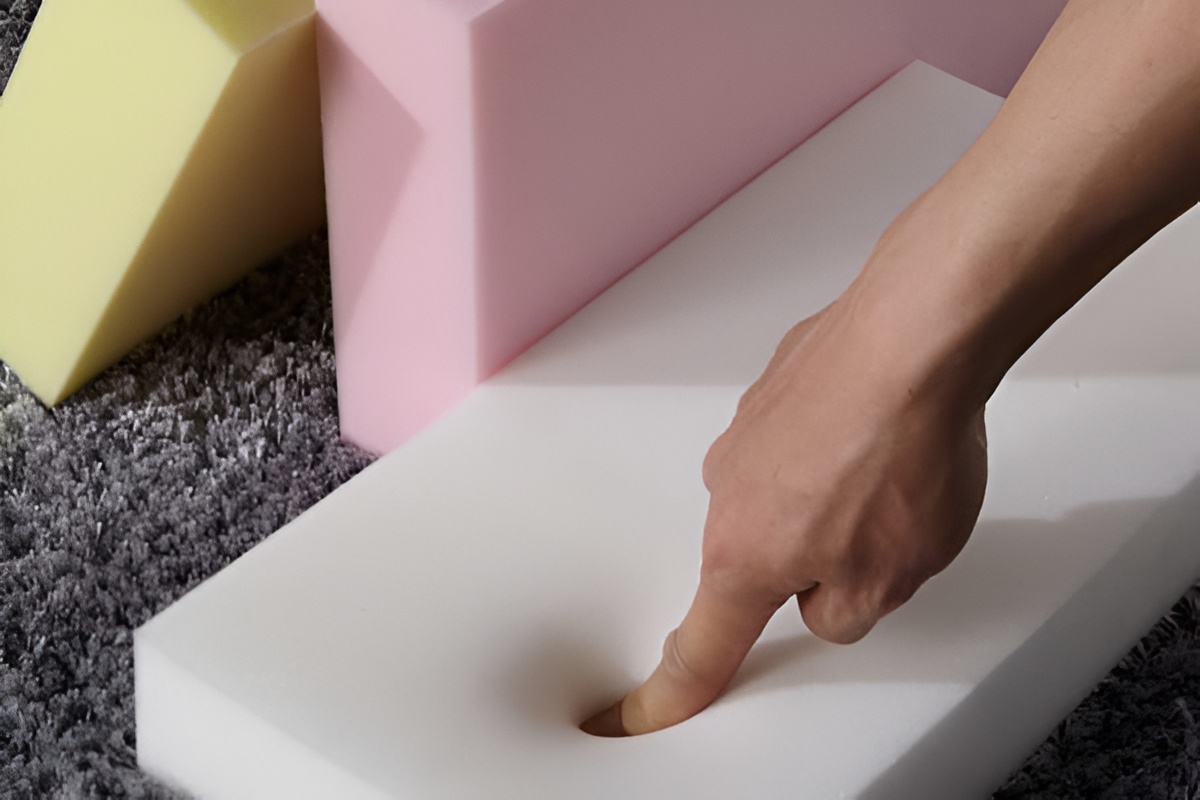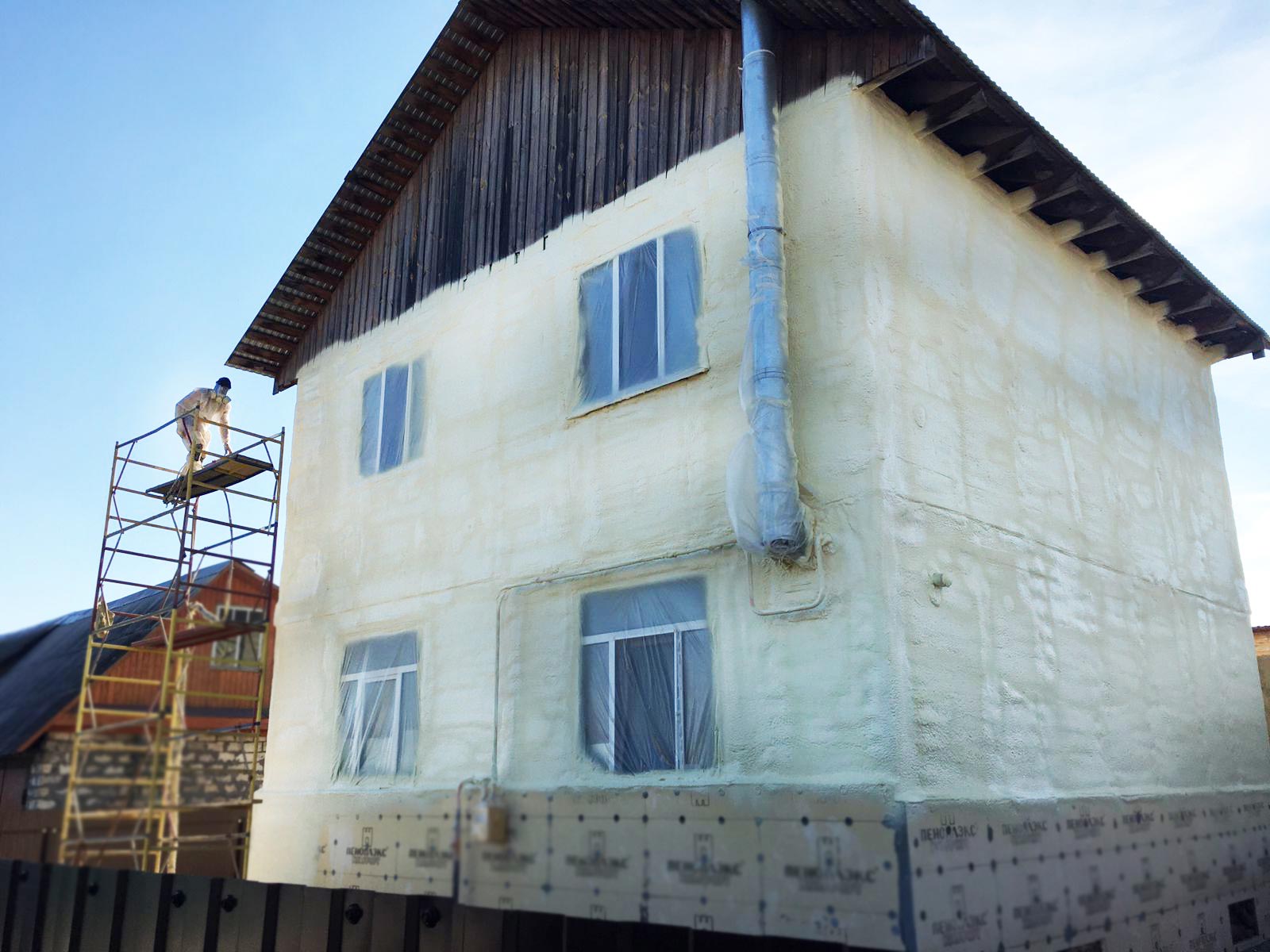Table of contents
Imitation wood polyurethane rigid foam
In recent years, people’s environmental awareness has been increasing, which has led to the search for solutions to find a suitable alternative for wooden decorative parts.
Advantages of imitation wood polyurethane rigid foam:
- Good liquidity
- Uniform density
- Good compressive strength and size stability
- Light weight
- Easy maintenance and repair
- Decay resistance
- Thermal insulation and thermal stability
- Save manpower and material
- Green CFC-free foaming technique
- Excellent adhesive performance to material such as wood, metal, brick, and glass
- Stable chemical properties
- Long service life
- Paintable
- Potential for sawing and drilling
As mentioned above, compared with natural wood, PU imitation wood material has obvious advantage: molding. In fact, the liquid state of polyurethane foam raw materials facilitates the possibility of molding complex decorative parts and the reproducibility of uniform production of these parts. It can be applied in mould mass production of various shapes, especially good at carving patterns. Carved wood product looks vivid.
Injection of this type of foam is done according to the production volume and size of parts in the form of manual injection, injection with low pressure device and injection with high pressure device. Unlike wooden parts, the moulded foam can be bent immediately after moulding to some extent (it’s pliable right after the demoulding).
The moulded products appearance and performance are similar to wood, strength is higher, density lower, can be dug, saw or drilled; Also has excellent acid and alkali proof and anti-corrosion performance.
The foam has another major advantage in that it won’t decay like wood. Moisture doesn’t affect foam how it might affect wood (which could warp, crack, or provide a haven for mold growth). As such, high-density foam wood beams last a long time without the need for significant maintenance.
As high-density polyurethane is much cheaper to produce and transport than real wood, the process of sculpting, molding, and finishing each piece costs far less than that of creating hardwood beams. Additionally, high-density polyurethane is easy to paint, creating the realistic look you want; also the paint is less likely to chip since the material has high paint adhesion. The wood foam beams can be molded to any shape without having to account for the limitations of heavy wooden components.






